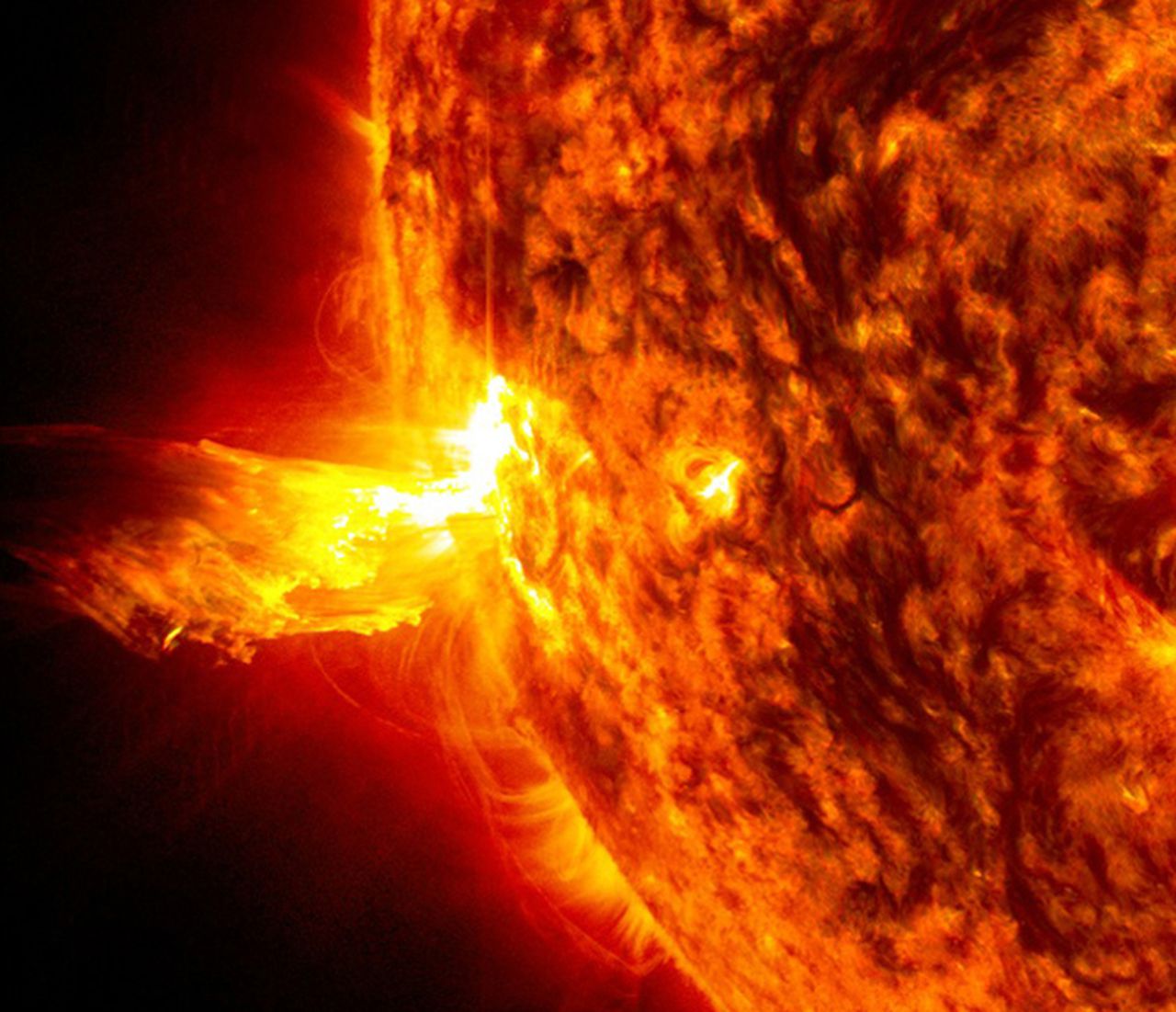RIO DE JANEIRO, BRAZIL – Space weather experts are warning that a solar storm could strike Earth this week, and it could mean the disruption of electrical generation systems, the electric power grid, satellite communications and radio signals.
According to space weather physicist Dr. Tamitha Skov, the sun holds our attention this week with multiple bright regions flaring and launching solar storms.
Predictions from NASA and the National Oceanic and Atmospheric Administration (NOAA) show that the solar storm is expected to impact Earth by midday Thursday. The storm is caused by a coronal mass ejection (CME).
According to NASA, solar storms are a variety of eruptions of mass and energy from the surface of the sun.

Flares, prominences, sun spots and coronal mass ejections are the common harbingers of solar activity. They all involve sudden releases of stored magnetic energy, which accelerate the hot gases near the surface or in the corona of the sun.
Sometimes, these particles make it all the way to Earth and beyond. When the material collides with the Earth’s magnetic field and trapped radiation belts, it can dump particles into our upper atmosphere to cause the “aurora” phenomenon, according to NASA.
The aurora, sometimes referred to as polar lights, northern lights, or southern lights, is a natural light display in the earth’s sky. Dr. Skov said that the upcoming solar storm could bring the aurora down to places like Maine, Minnesota and Washington state.
The same “charged” particles, NASA explained, can produce their own magnetic fields, which can modify the earth’s magnetic field and affect compass readings, induce electricity in long pipelines, or produce electrical surges in power grids leading to brownouts and blackouts.
Skov added that radio propagation and GPS reception will be affected once the solar storm hits on Thursday.
Space weather forecasters at NOAA and NASA analyze space weather using near-real-time ground- and space-based observations to assess the current state of the solar-geophysical environment, which is from the sun to the earth and the points in between. Forecasters also analyze the 27-day recurrent pattern of solar activity.
Based on a thorough analysis of current conditions, comparing these conditions to past situations, and using numerical models similar to weather models, forecasters are able to predict space weather on time scales of hours to weeks.
NOAA explained that it’s important to forecast space weather because its effects on earth systems include interference with short wave radio propagation, problems with electric power grid, the decay of satellite orbits, and radiation hazard for satellites and for astronauts during some phases of space missions.

